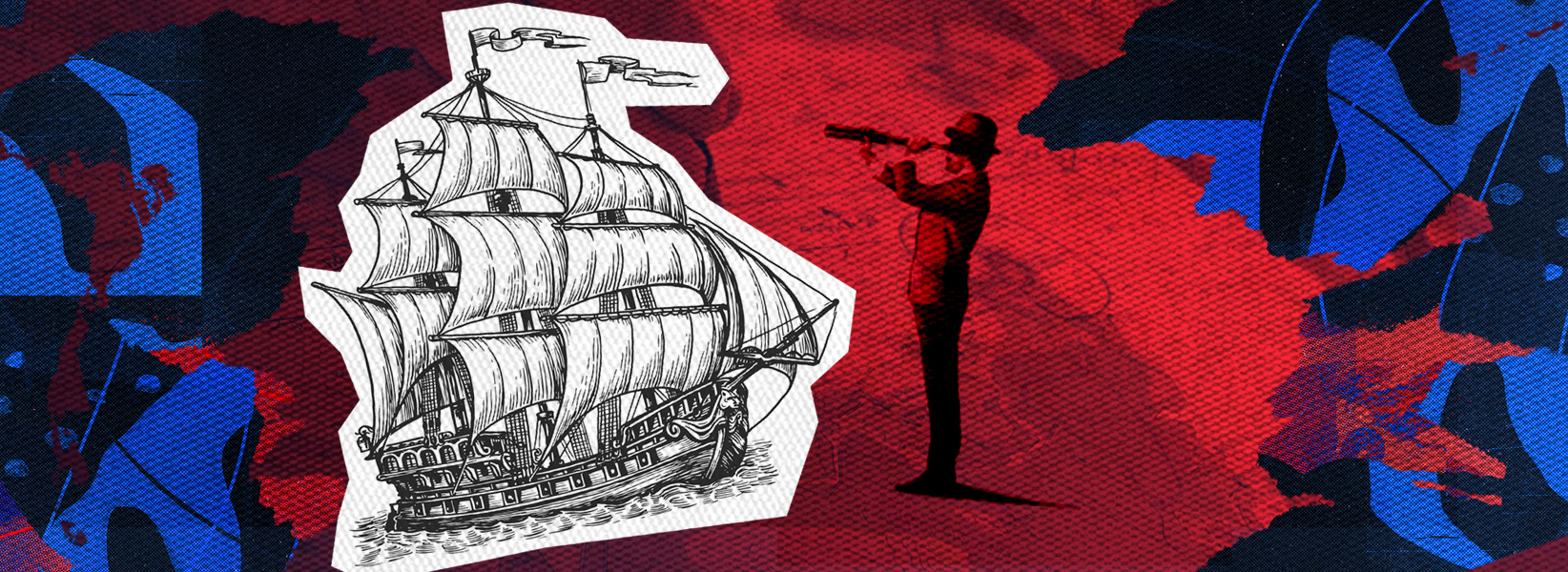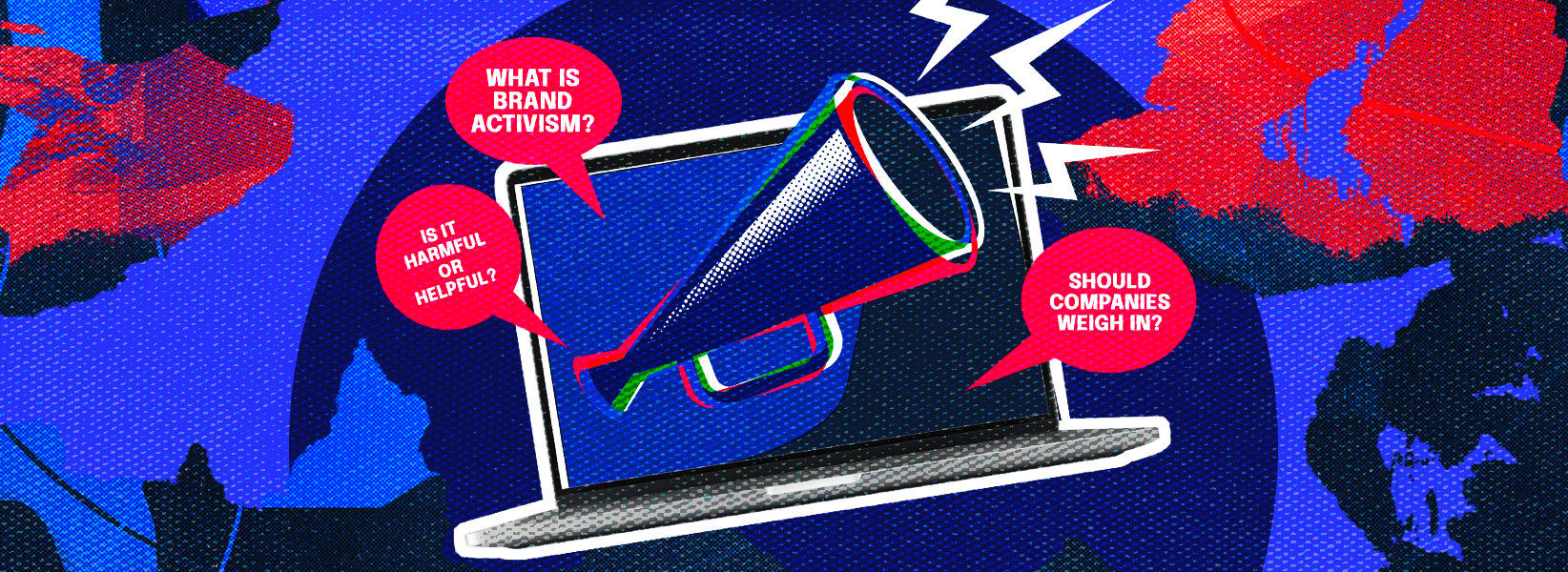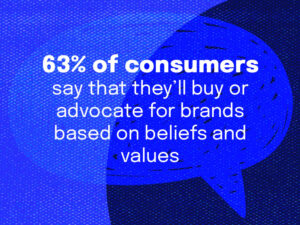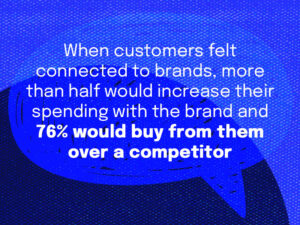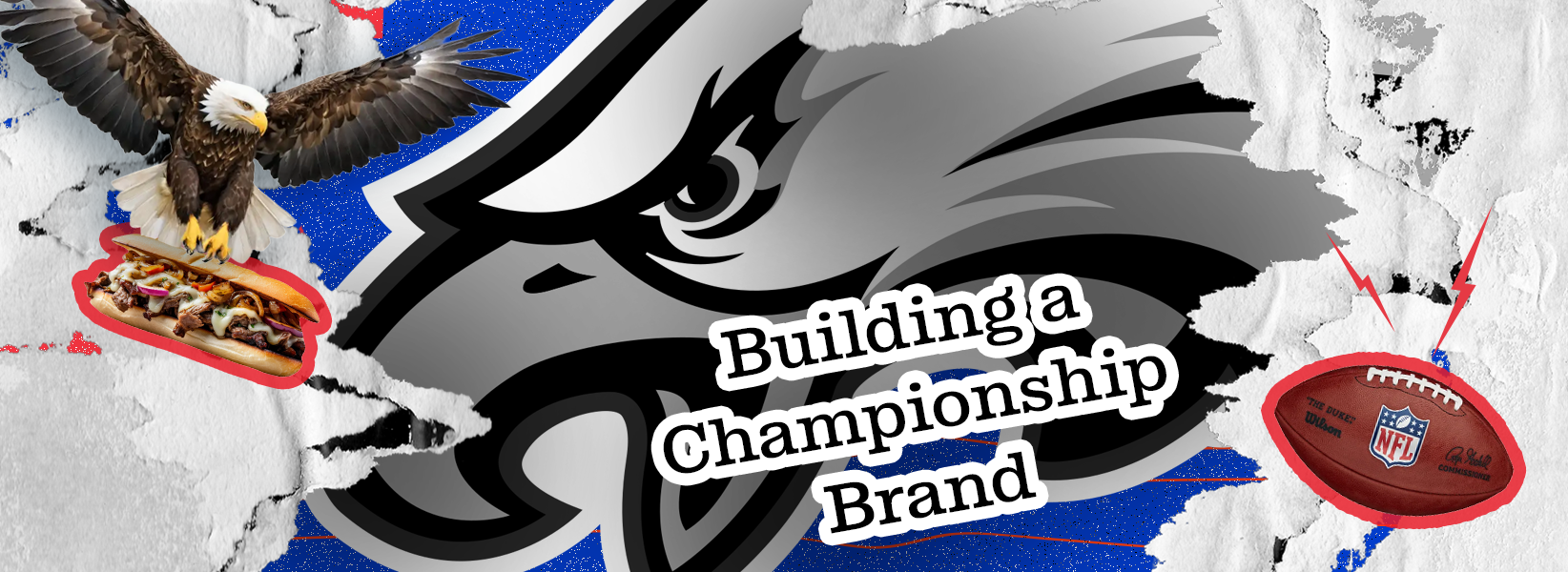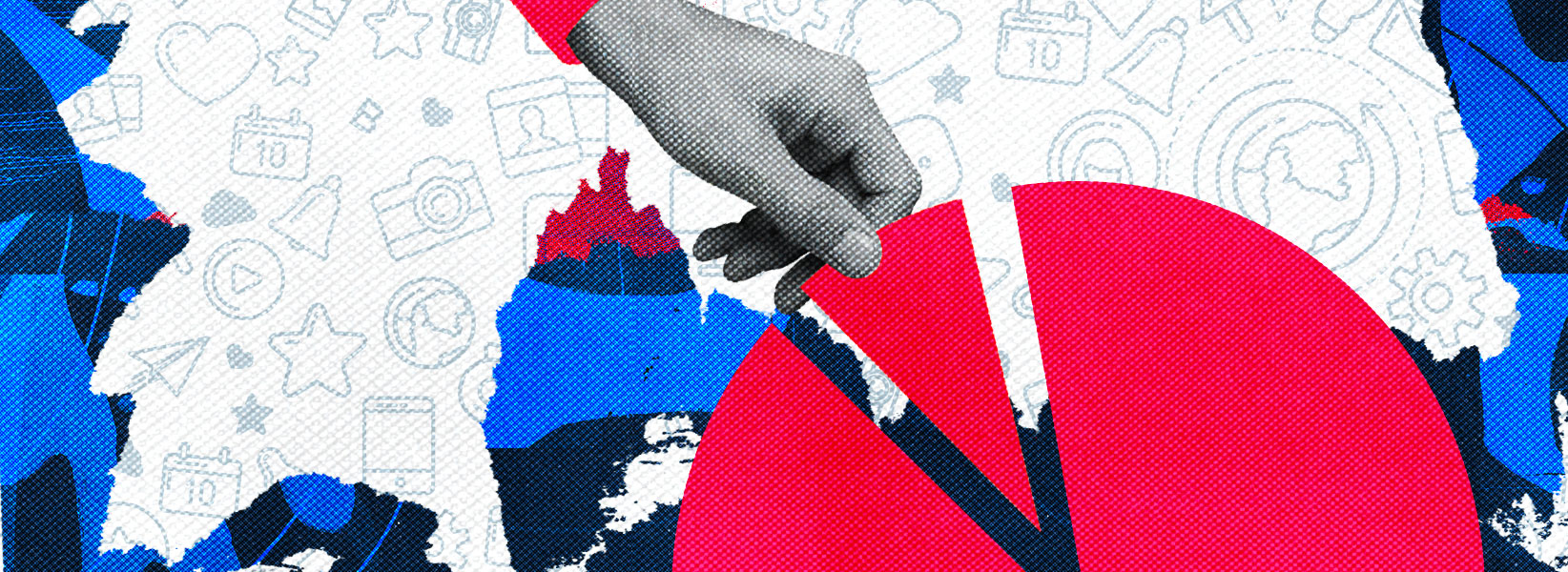In a fantasy land far far away, there is a grocery store where you pay $26 for bottled water, $41 for a helping of mixed berries, $22 for a smoothie, and $40 for hot sauce. Except the land is neither distant nor fantasy, it is a real chain located in California. Erewhon, a luxury health-food store with 10 locations in and around the Los Angeles area, has people in a choke-hold, but why? The owners are marketing geniuses. Simply put, the target market for Erewhon is the rich and famous. To shop at Erewhon is a luxury experience, the New York Times called it “the unofficial hangout for the young, beautiful, and bored”. Vogue described it as “Hollywood's cult-favorite wellness location." Erewhon CEO Tony Antoci claims between his 10 locations there is a whopping $900,000 per location per week, so how did they even get to this point? Organically, he claimed, but not by magic.

Tony Andoci and Josephine Andoci, Owners of Erewhon. (The Hollywood Reporter)
Tony has been in the food business since age 17, starting with phone orders at a restaurant where he met his wife Josephine, who worked in the kitchen. These two have grown Erewhon to unprecedented heights since 2011 when they purchased it. If I cringe getting the essentials, a $5 carton of eggs and a $4 gallon of milk, how did they get people to voluntarily put a $20 gallon of milk and an $11 carton of eggs (yes, really) in their shopping cart? From a marketing perspective, Erewhon is genius. Celebrity clientele, social media, their viral smoothie collaborations, quality, and store design are the best explanations for the phenomenon of Erewhon. Erewhon really took off in 2019 after a new deal with New York-based growth equity firm Stripes Group, who invested money into opening more stores and expanding their location. However, marketing machine Erewehon did not just become successful with money thrown at it and some luck, The Antoci’s are experts as well. Tony Antoci started off with a humbler beginning, selling private-label bottled water with his brother Vito to high-end restaurants on the Westside, then upgrading to selling bar supplies like olives, lemons and cherries, shortly after they started this, Josephine joined their team. At an Italian Restaurant one day an employee familiar with their business asked Josephine to start selling parmigiano-reggiano, this marked their entry to the food space, and they began selling $90 million worth of products to various vendors each year.
Years later, Erewhon is one of the face’s of organic, healthy, high-value groceries in California and online. They claim to be “driven to enhance the health of [their] community by providing organic, ethically sourced foods that support our bodies and our planet…’. Erewhon says on their website: “We’re more than a grocery store. We’re a community” right… I’m skeptical. But alas, the community in question involves affluent individuals in the area and a network of A-List celebrities including the Kardashian-Jenner family, Miley Cyrus, Hailey Bieber, Leonardo DiCaprio and more.
Seeing dozens of celebrities voluntarily shop anywhere will naturally gather attention and publicity, which was the case for Erewhon. Combining this insane publicity with their hot social media presence and buzz, their organic and quality ingredients, and their conveniently placed stores that happen to all be in affluent areas around the LA area, makes for the perfect concoction of success. People in these communities have a higher disposable income to spend on the things they want, making Erewhon a frequented destination for many.
See and be seen (Product collabs) and smoothies
Erewhon’s celebrity smoothie collaborations are nothing short of a marketing masterclass, transforming health drinks into Instagrammable status symbols. Picture this: a $22 smoothie created by the hands of A-listers like Hailey Bieber and Kendall Jenner, each sip wrapped in an aura of exclusivity. These partnerships don't just sell smoothies; they sell a lifestyle that screams "luxury wellness." With every star-studded launch, social media lights up, creating a ripple effect that attracts both die-hard fans and curious onlookers. Erewhon expertly leverages this hype, ensuring that their smoothies are the talk of the town, or rather, the talk of the high-end grocery scene. By aligning with celebrity culture, they’ve elevated the humble smoothie into a must-have accessory for anyone keen to rub elbows with the elite—because who wouldn’t want to sip on a concoction made famous by their favorite star?
Despite the fun that people (I) poke at Erewhon, they have a lot of philanthropy and community involvement to show as well. Erewhon partners with charities to donate over 25 million pounds of food to local communities, reuses or gives their waste to a sustainable recycling company, donates a portion of proceeds, and works with small businesses and farmers by promoting and selling their products. So customers can rest knowing that a portion of their $300 grocery bill, goes to various good causes. So maybe Erewhon is not so bad, I mean where else are we supposed to get our camel's milk, sea moss gel, yuzu juice, and kelp noodle chow mein all in one place?

